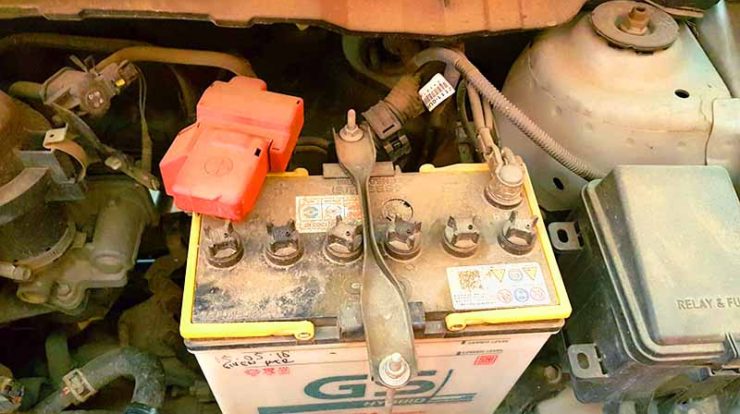
The engine control unit must calculate how much air and fuel to send into the engine’s internal combustion chamber. These quantities are based on how much demand is put on the engine. For instance, if you step on the gas pedal, you put more demand on the engine to generate more power for the vehicle. This means it will require more air and fuel.
Of course, the right balance of air and fuel is needed to combust in the chamber successfully. As air goes into the engine, the mass air flow sensor is actively measuring the air mass. The sensor sends the air flow measurements back to the engine control unit. Based on these measurements, the engine control unit will adjust how much air should go into the engine.
When you have a bad mass air flow sensor in your car, it can cause all kinds of problems for your engine and the overall driving experience. You’ll start to notice certain signs of trouble, including functionality issues that will limit your ability to drive the car normally.
Mass Air Flow Sensor Symptoms
Below are the top 5 symptoms of a bad mass air flow sensor in your car. If you notice any of these symptoms, you should investigate them at once. A bad mass air flow sensor needs to be replaced before the symptoms get progressively worse.
1) Check Engine Light
There are lots of reasons why the Check Engine light could illuminate on the dashboard of your car. One of those reasons is a bad mass air flow sensor. It probably won’t be the first reason that comes to your mind when you see the Check Engine light on. But if you experience any of the other symptoms on this list, you should immediately investigate your mass air flow sensor.
2) Bad Fuel Economy
When a bad mass air flow sensor gives the wrong information to the engine control unit, it could mean the engine will receive less air and more fuel than needed. That will cause your engine to consume more gasoline, which will ruin your car’s fuel economy.
As a result, you’ll make more trips to the gas station to fill up your gas tank with fuel. If you want to save money, it is better to replace your mass air flow sensor after it goes bad. It will be a cheaper thing to do in the long run.
3) Acceleration Hesitation
If you step on the gas pedal and the vehicle hesitates before accelerating faster, it could be an early sign of problems with the mass air flow sensor. You might see abnormal power changes come suddenly as the acceleration continues.
Not only is acceleration hesitation bad for the engine, but it could also make driving more dangerous for you and everyone on the road. Therefore, don’t wait for the symptom to get worse. Do something about the mass air flow sensor right away.
4) Rough Idle
Driving is supposed to feel smooth and simple. But if your vehicle feels uncomfortable because it’s a little bouncy or rough, then you could have a rough idling engine. This happens whenever an insufficient amount of air and fuel enter the engine, such as more fuel than air.
Although there are many reasons for a rough idling engine, a bad mass air flow sensor is undoubtedly one of them. Check on it if you cannot find another reason for the idling.
Read also:
- 5 Symptoms of Bad Piston Rings in Your Car
- Top 5 Best Xenon Replacement Bulbs for Your Car
- Top 5 Best Tire Sealants For Your Car, Trailer, Motorcycle, and Bicycle
- Top 5 Best Floor Jack for Lifted Trucks Under $200
5) Black Smoke
If the bad mass air flow sensor is causing the engine control unit to limit the air flow into the engine, don’t be surprised if black exhaust smoke comes out of the tailpipe. You see, more fuel than air in the combustion chamber will cause more fuel to get burnt.
If you have more burnt fuel, you’ll see more black smoke. The longer this continues, the more it will damage your catalytic converter too.






